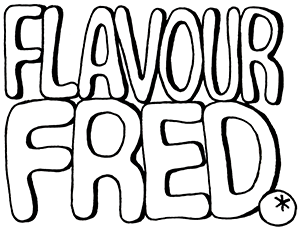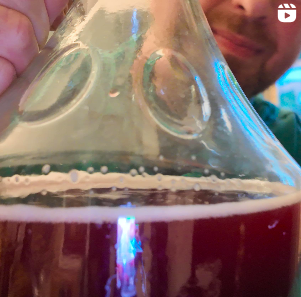”I used 1500ml of steam juiced elderberries that removes the risk with elderberry seeds and gets a fine juice. I then topped it up with honey (150g per litre and water) making it up to 5L. I took the gravity of this at the start and after fermentation to get a steer on the strength and it’s nicely sitting at 8%. I’ll be bottling it soon for the winter drinks selection I’ll be enjoying with family and friends over Christmas time.
GeorgeFlavour Fred
Evidence of brewing and making alcoholic drinks dates back 10,000 years+ with engravings on Chinese artefacts suggesting drinks were being made from honey, rice, hawthorn and grapes. It’s a big business with significantly processed point considerably made up of tax (duty).
There are many risks with alcohol and its misuse so I’d like to be clear that this post is about how to make your own for flavour purposes and to enjoy responsibly.
From a strictly biochemical point of view, fermentation is a process of central metabolism in which an organism converts a carbohydrate, such as starch or sugar, into an alcohol or an acid. For example, yeast performs fermentation to obtain energy by converting sugar into alcohol. This process was employed to make drinks way before the understanding of the biochemical process of fermentation which began in the mid-1800s by French chemist & micro-biologist Louis Pasteur. Where it was demonstrated the process was performed by living cells. Fermentation processes to produce wines, beers and ciders are traditionally carried out with Saccharomyces cerevisiae strains, the most common and commercially available yeast.
* all vessels & utensils sanitised properly



